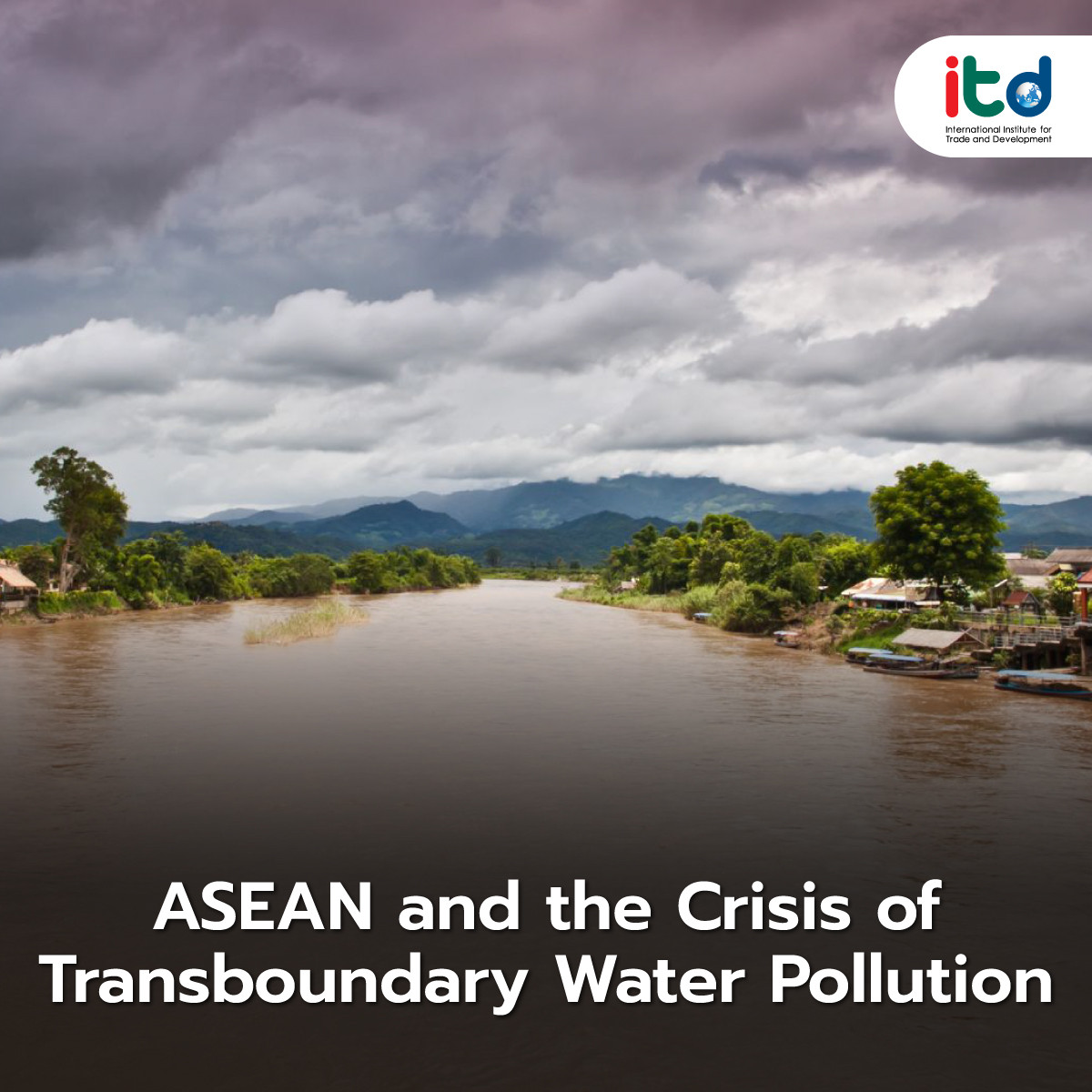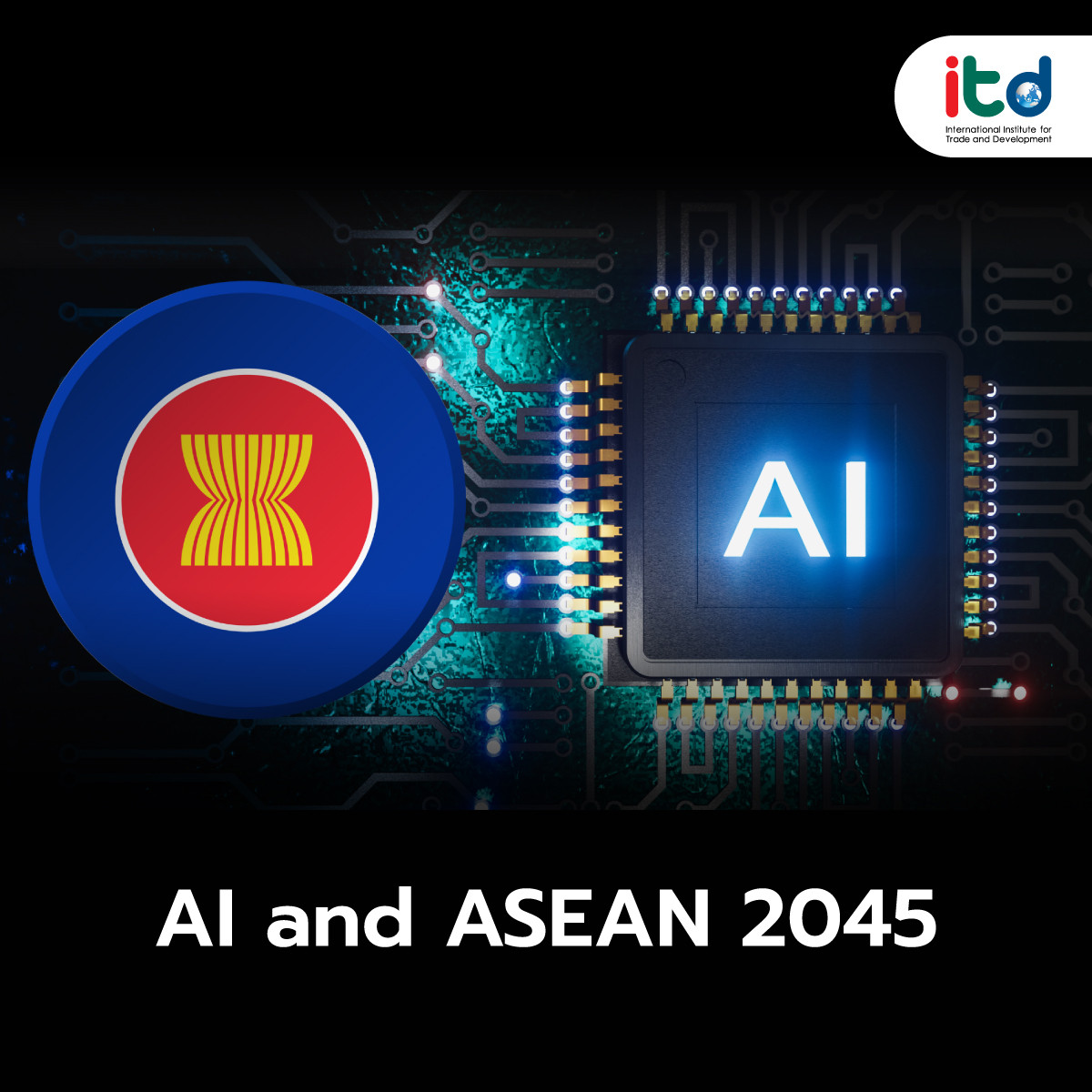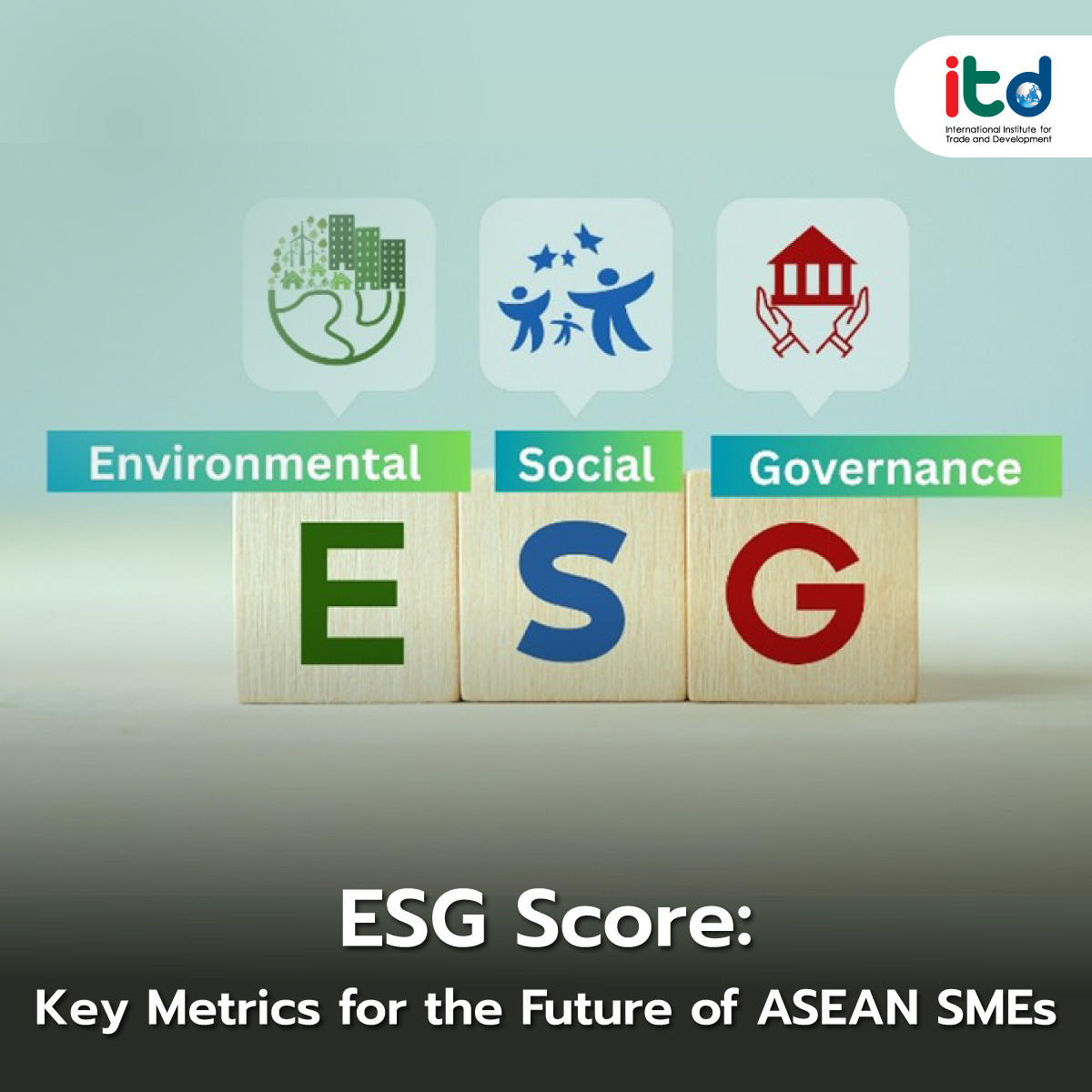About Documents
As the world faces the challenges of climate change, global supply chains are transitioning toward more sustainable practices. In the ASEAN region, where small and medium-sized enterprises (SMEs) form the backbone of the economy, the shift to Green Value Chains (GVCs) is a key mechanism for building economic resilience and maintaining long-term competitiveness. The Asian Development Bank’s report, Building Supply Chain Resilience: Insights into Greening Value Chains for ASEAN (April 2025), highlights the following key points:
SMEs account for over 99% of all businesses in ASEAN and are responsible for approximately 85% of employment. They also play a vital role in fostering innovation in developing countries. In countries such as Malaysia, SMEs contribute around 40% of the national GDP and make up 12.2% of total exports. Therefore, supporting SMEs in transitioning to low-carbon business operations is essential for national and regional success.
Malaysia’s Greening Value Chain (GVC) initiative demonstrates that, with the right support—such as carbon measurement tools, training programs, and access to long-term financing—SMEs begin measuring their carbon footprints and improving production processes to reduce costs, such as electricity expenses. Over 30% of participating SMEs have started regularly reporting their greenhouse gas emissions. However, despite growing awareness and intention, many SMEs still face obstacles, including a lack of knowledge about carbon measurement, limited access to appropriate tools and guidance, complex loan application processes, and training that does not meet the specific needs of different industries.
Driving green value chains requires collaboration across all sectors:
- Government agencies should develop clear policies and incentives.
- Large corporations should send market signals, such as awarding higher scores to environmentally compliant suppliers.
- SMEs must be open to acquiring new knowledge and enhancing their capabilities.
- Banks and financial institutions should create financial products that are accessible and tailored to SMEs.
Green Finance: The Low Carbon Transition Facility (LCTF), established by the Central Bank of Malaysia, is a key instrument helping SMEs shift toward a green economy. It offers low-interest loans (as low as 5% per year) and risk guarantees through the Credit Guarantee Corporation. This support covers initiatives ranging from solar panel installation to obtaining sustainability certifications.
Measuring Impact and Returns: SMEs that have adopted clean energy systems—such as solar panels—have seen electricity costs reduced by up to 50% within 2 to 3 years. Some have reported a 15–20% increase in international sales after implementing serious environmental practices.
Case Studies and Evidence: Under the GVC project, the company Pantas was invited to join and offer its carbon measurement platform. Over 150 SMEs began reporting emissions data, with eight achieving an average reduction of 9%. Access to quantifiable data enables SMEs to make informed decisions about investing in clean technology.
To promote regional progress, ASEAN should align policies at both national and regional levels. This includes establishing an ASEAN Green Finance Taxonomy, improving SME training programs across the region, and introducing environmentally conscious procurement systems to stimulate markets and strengthen competitiveness.
In summary, building resilient and environmentally friendly supply chains requires active participation from all sectors. Effective policy design that aligns with industry-specific contexts, supported by practical tools and clear incentives, will enable SMEs to become key drivers of sustainable and long-term growth in ASEAN.
Author:
Mr. Wimon Punkong
Deputy Executive Director (Academic)
International Institute for Trade and Development (Public Organization)
www.itd.or.th
Publication: Bangkok BIZ Newspaper
Section: First Section/World Beat
Volume: 38 Issue: 12901
Date: Wednesday, May 14, 2025
Page: 8 (left)
Column: “Asean Insight”





